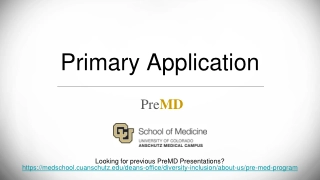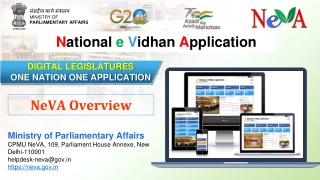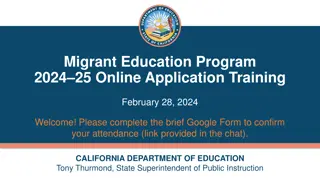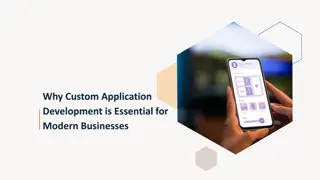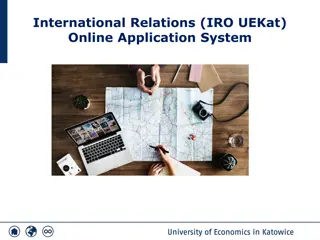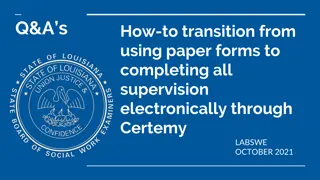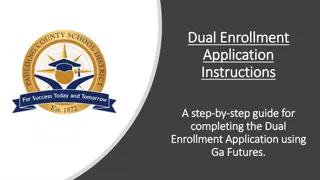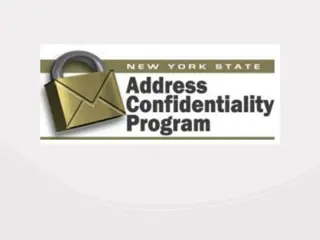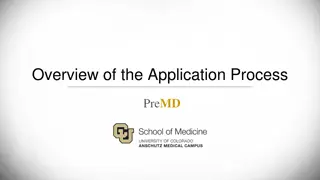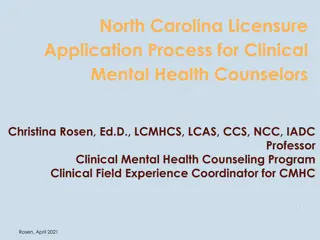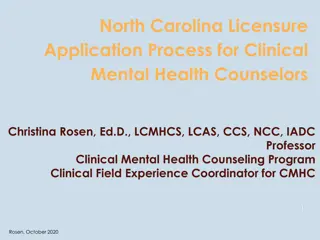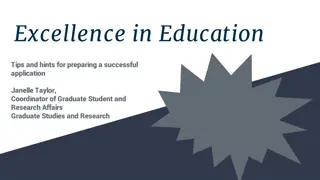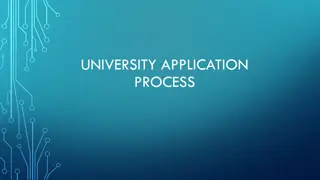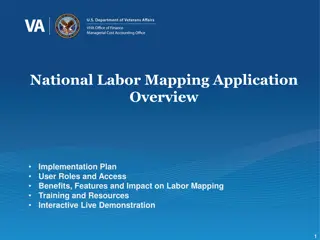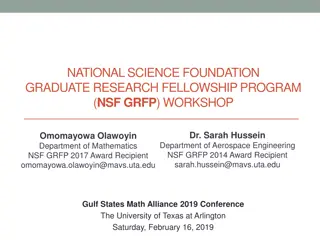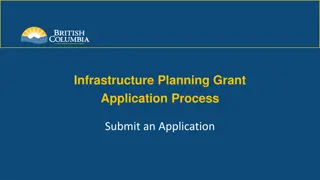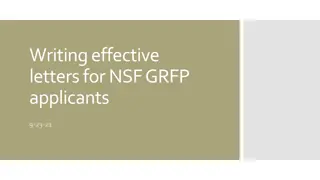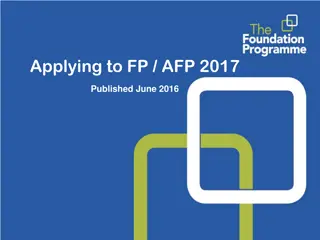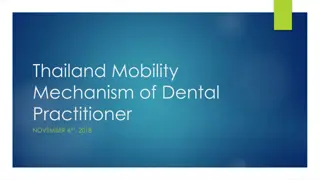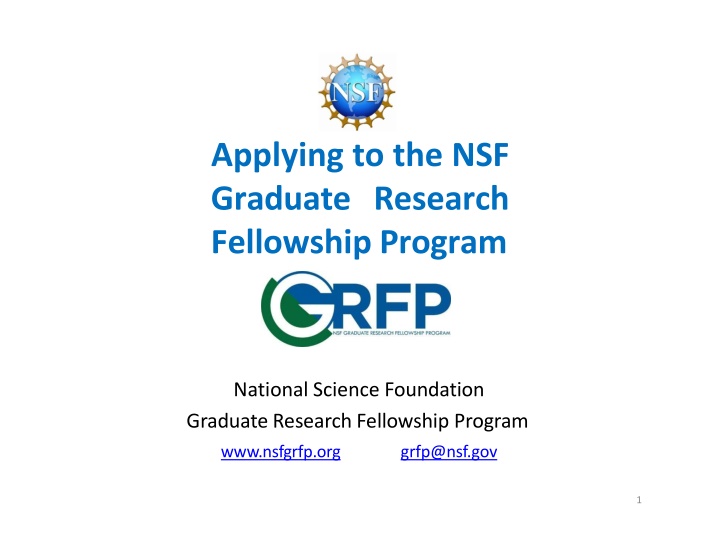
NSF Graduate Research Fellowship Program Overview
Learn about the NSF Graduate Research Fellowship Program, including fellowship details, eligibility criteria, application process, review criteria, and the importance of Intellectual Merit in your application. Find out how to apply for this prestigious research opportunity.
Download Presentation

Please find below an Image/Link to download the presentation.
The content on the website is provided AS IS for your information and personal use only. It may not be sold, licensed, or shared on other websites without obtaining consent from the author. If you encounter any issues during the download, it is possible that the publisher has removed the file from their server.
You are allowed to download the files provided on this website for personal or commercial use, subject to the condition that they are used lawfully. All files are the property of their respective owners.
The content on the website is provided AS IS for your information and personal use only. It may not be sold, licensed, or shared on other websites without obtaining consent from the author.
E N D
Presentation Transcript
Applying to the NSF Graduate Research Fellowship Program National Science Foundation Graduate Research Fellowship Program www.nsfgrfp.org grfp@nsf.gov 1
What GRFP FellowshipsOffer? Five Year Award $138,000 Three years of support $34,000 Stipend per year $12,000 Educational allowance to institution Professional Development Opportunities: GRIP: Graduate Research Internship Program (Federal Internships) INTERN: Non Academic Research Internship (see NSF 18 102) Supercomputer access: XSEDE Career Life Balance (family leave) 2
GRFPEligibility U.S. citizens, nationals, and permanent residents Early career: undergraduates, baccalaureate recipients, or 1st & 2nd year graduatestudents Pursuing research based M.S. or Ph.D.degrees Science, Technology, Engineering, or Mathematics (STEM) Must enroll in a full time graduate degree program in the summer or fall of the year they are offered a GRFP award To accept a fellowship award, if notified, you must inform NSF of your acceptance to a graduate program, if not already enrolled 3
GRFP Complete Application Complete ApplicationPackage: Due in late October 1)Personal Information, Education, Work/Research Experience, Proposed Field of Study, Academic honors, Publications 2) Personal, Relevant Background and Future Goals Statement (3 pages) 3) Graduate Research Statement (2 pages) 4) Transcripts (uploaded electronically) 5) Three letters of reference Please see the most recent Solicitation (NSF 18 573) for application details and requirements. 4
NSF ReviewCriteria Two National Science Board approved review criteria: Intellectual Merit How important is the proposed activity to advancing knowledge within its own field or across different fields? Broader Impacts How well does the proposed activity benefit society or advance desired societal outcomes? 5
IntellectualMerit Yourpotential to discover new knowledge Your demonstrated intellectual ability (such as grades, curricula, awards, etc.) Other evidence of your potential for scholarly scientific study, such as your ability to: Plan and conduct research Work as a member of a team as well as independently Interpret and communicate research Take initiative, solve problems, persist The potential of your approach to your field of study and your Research Plan to lead to new knowledge Evidence of intellectual merit can be found in all parts of the application Personal Statement, Research Plan, letters, experiences, awards, achievements, transcripts. 6
Broader Impacts Potential impact of the individual (you!) on society Potential impact of your researchon society; why it s important Societal benefits may include, but are not limited to: Increasing participation of underrepresented groups, women, students with disabilities, veterans Outreach: Mentoring; improving STEM education in schools Increasing public scientific literacy; increased public engagement with science and technology Community outreach: science clubs, radio, TV, newspapers, blogs Potential to impact a diverse, globally competitive workforce Increasing collaboration between academia, industry, others Likewise, evidence of broader impacts can be found in all parts of the application Personal Statement, Research Plan, letters, experiences, awards, achievements. 7
Preparing a competitive GRFP Application Personal Statement Tell your story; demonstrate your potential for STEM research Experiences (personal and professional) that contributed to your motivation and preparation for pursuing a STEM career Previous research/industrial/professional experiences What was the project? How did you become involved? Where was it done? Why was this project worth doing? What was your contribution to the project? How did your part of the project fit into the whole? What have you learned? Any advanced course work? Career aspirations and future goals How have your experiences shaped yourgoals? 8
Preparing a competitive GRFP Application Research Statement Describe your Research Plan Communicate your research idea and approach Explain your research plan and methods What do you expect to learn? How will you know if the project is successful? What would you do next? Address NSF s review criteria Avoid jargon, and communicate clearly for non specialists Make your contributions clear 9


